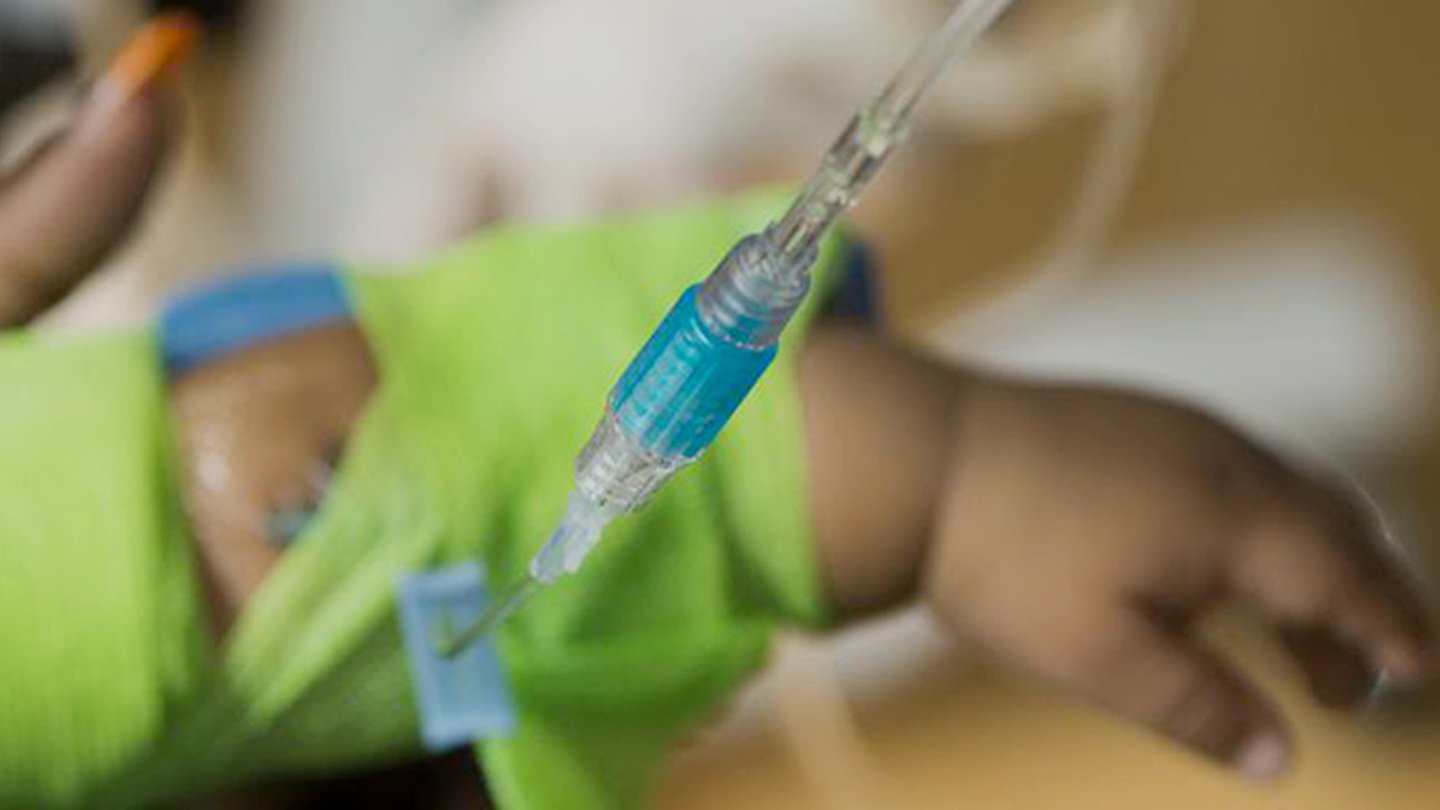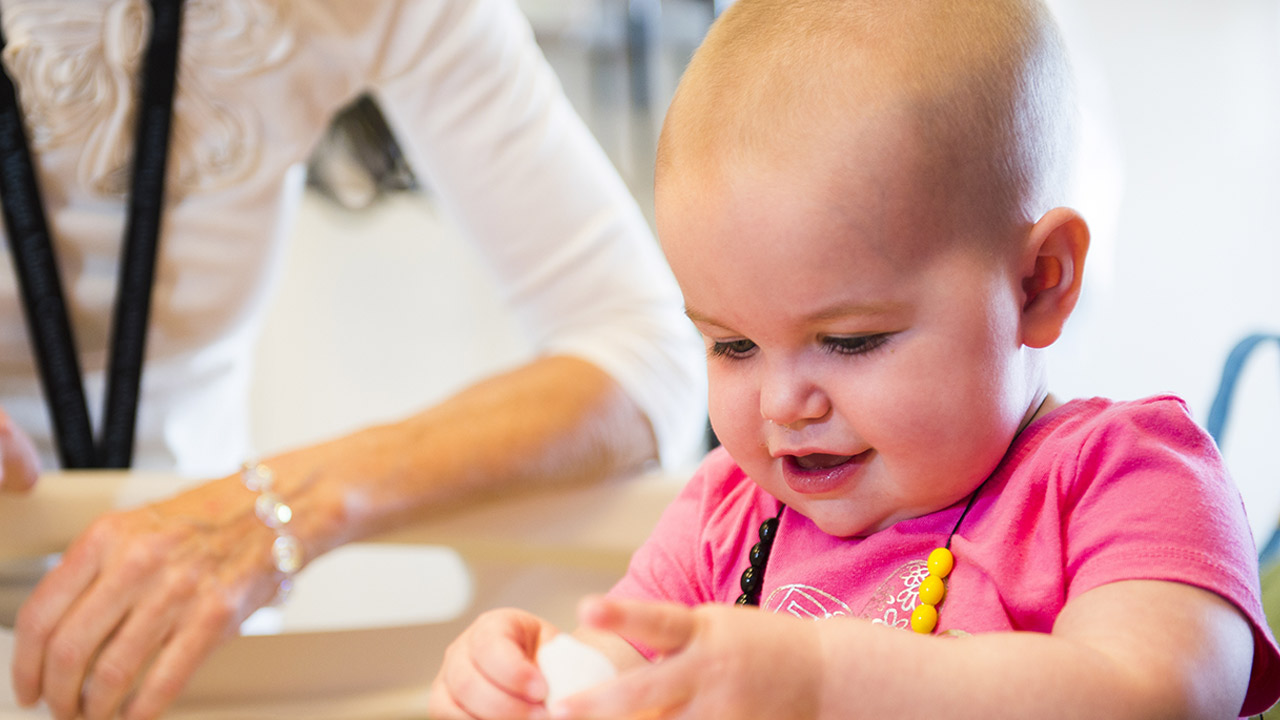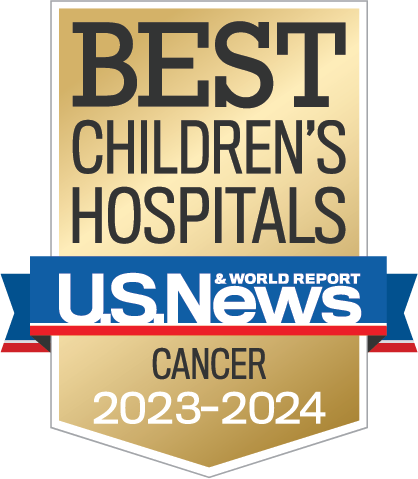- Doctors & Departments
-
Conditions & Advice
- Overview
- Conditions and Symptoms
- ¿Está enfermo su hijo?
- Parent Resources
- The Connection Journey
- Calma Un Bebé Que Llora
- Sports Articles
- Dosage Tables
- Baby Guide
-
Your Visit
- Overview
- Prepare for Your Visit
- Your Overnight Stay
- Send a Cheer Card
- Family and Patient Resources
- Patient Cost Estimate
- Insurance and Financial Resources
- Online Bill Pay
- Medical Records
- Política y procedimientos en el hospital
- Preguntamos Porque Nos Importa
-
Community
- Overview
- Addressing the Youth Mental Health Crisis
- Calendar of Events
- Child Health Advocacy
- Community Health
- Community Partners
- Corporate Relations
- Global Health
- Patient Advocacy
- Patient Stories
- Pediatric Affiliations
- Support Children’s Colorado
- Specialty Outreach Clinics
Your Support Matters
Upcoming Events
Mental Health Town Hall
martes, 23 de abril de 2024Join Children’s Hospital Colorado pediatric experts for a virtual...
-
Research & Innovation
- Overview
- Clinical Trials
- Q: Pediatric Health Advances
- Discoveries and Milestones
- Training and Internships
- Academic Affiliation
- Investigator Resources
- Funding Opportunities
- Center For Innovation
- Support Our Research
- Research Areas

It starts with a Q:
For the latest cutting-edge research, innovative collaborations and remarkable discoveries in child health, read stories from across all our areas of study in Q: Advances and Answers in Pediatric Health.




What is therapeutic apheresis?
Apheresis means “to remove.” During apheresis, a child’s total blood volume is safely removed from their body and sent through sterile tubing to an apheresis machine, where it is separated into various parts, such as red blood cells, white blood cells and plasma.
Children who require apheresis procedures will need two large IV catheters to remove and replace their blood continuously. Depending on the age of the child and their length of therapy, these can be central IV catheters placed in the chest, neck or arms or simple IV catheters placed in the arms.
When we perform apheresis on small children, we often prepare the machine with donor blood to ensure we can safely perform the procedure without removing too much of their own blood at a time.
Conditions we treat with therapeutic apheresis
Therapeutic apheresis can help treat conditions such as:
- Cancer, specifically in the collection of stem cells prior to a bone marrow transplant
- Iron overload related to chronic transfusions received during bone marrow transplants
- Kidney disease
- Transplant rejection or graft versus host disease
- Autoimmune diseases such as lupus
- Blood disorders such as sickle cell disease
Types of therapeutic apheresis
The therapeutic apheresis procedures we offer include:
Peripheral blood stem cell collection
- We use peripheral blood stem cell collection to collect stem cells from a child’s own blood stream for use in a bone marrow transplant. The bone marrow transplant team then transplants the collected cells into the patient after high-dose chemotherapy.
- This therapy is most often done for children who are diagnosed with neuroblastoma, medulloblastoma, Hodgkin lymphoma, Ewing’s sarcoma, Wilms tumor and atypical teratoid rhabdoid tumor (ATRT).
CAR-T cell collection
- We use CAR-T cell collection to collect T cells (a type of white blood cell) from a patient’s own bloodstream that can be genetically engineered to make CAR proteins on the T cell surface. These CAR-T cells can recognize and kill certain cancer cells when reinfused into the patient.
- This therapy is most often done for a diagnosis of relapsed acute lymphoblastic leukemia (ALL).
Photopheresis
- We primarily use photopheresis to treat graft versus host disease in patients who have undergone a bone marrow transplant.
- This procedure can also be used to treat solid organ rejection for patients who have undergone transplants.
Red blood cell exchange
- We use red blood cell exchange to remove sickled red blood cells in high-risk sickle cell anemia patients. This is typically done on a monthly basis to prevent further complications of sickle cell disease, but it may also be done in an emergency for patients in crisis.
- We also use red blood cell exchange to treat patients with erythropoietic protoporphyria (EPP), a rare metabolic disorder.
- Patients with overwhelming malaria can also be treated using a red blood cell exchange, although we have not received any requests to provide this treatment to date.
Therapeutic plasma exchange
We perform plasma exchanges on children with the following conditions:
- Solid organ rejection after transplant surgery (primarily in heart rejection after a heart transplant)
- High antibody levels before, during or after heart transplant surgery
- Certain kidney diseases
- Blood diseases such as thrombotic thrombocytopenic purpura (TTP) or hemolytic uremic syndrome (HUS)
- Leukemia – including children who are newly diagnosed and those who have abnormally high white blood cell counts prior to administering chemotherapy to remove excess white cells
Therapeutic phlebotomy
- We primarily use therapeutic phlebotomy to treat patients who are experiencing symptoms related to polycythemia (excess red blood cells) or iron overload.
- This apheresis procedure only requires a simple IV catheter placed in a vein in the arm. It can also be performed using an existing central venous catheter such as a port or Broviac.
- During this procedure, we remove a safe volume of blood from the patient using syringes or blood scales. Our providers then use lab tests to monitor blood counts and iron levels together with magnetic resonance imaging (MRI) to determine the effectiveness of therapy. These treatments can be as frequent as every two weeks.
How can parents prepare their child for the test or procedure?
We perform apheresis procedures in our outpatient clinics and our hospitals. Your child’s bone marrow transplant doctor and apheresis doctor will help determine the appropriate setting based on your child’s medical status. We perform most of our procedures in the outpatient setting except for plasma exchange, which often occurs urgently while the patient is hospitalized.
To ensure you and your child feel comfortable, we provide a tour of our clinic prior to your first appointment. This will allow you and your child to meet our team and see the equipment that will be used for your child’s procedure.
During your tour, our team will provide an overview of various types of apheresis machines. Though these machines are automated, our team will closely observe your child during their procedure. We’ll also be monitoring your child’s vital signs by using a continuous heart monitor throughout the procedure. For some therapeutic apheresis procedures, children require a a continuous infusion of IV calcium, which will require more lab tests and an additional medication pump.
What to expect during therapeutic apheresis
Most children who undergo apheresis do not report feeling differently during the procedure. They can watch movies, play on computers and eat and drink normally.
Due to a risk of falling, children typically must stay in bed for the duration of their procedure. Older children and adolescents may be allowed to use the in-room toilet with staff nearby for support. Babies, toddlers and kids can share their bed with a parent if this helps to alleviate any fears associated with the procedure.
What to expect after therapeutic apheresis
Most children do not report feeling differently following an apheresis procedure. Some children report feeling more tired, so we encourage quiet at-home activities following the procedure.
Our team will check your child’s blood counts after every stem cell and CAR-T procedure. If needed, we’ll replenish your child’s platelets or red blood cells.
Why choose us for therapeutic apheresis
Children's Colorado has been offering therapeutic apheresis procedures for more than 35 years, and we are uniquely equipped to offer these services to the community. We are the only program of its kind in the Denver area that is dedicated to the needs of pediatric patients. Unlike many clinics across the country, our experts are fully focused on therapeutic apheresis services.
Contact us
If you have questions or want more information about therapeutic apheresis, please call 720-777-3321.

Compassionate care, wherever you are
We’re here when you need us. Telehealth appointments are available across every specialty, so you can get the high-quality care we’ve always offered from the comfort, privacy and convenience of home.
See if telehealth is right for you



 720-777-0123
720-777-0123




